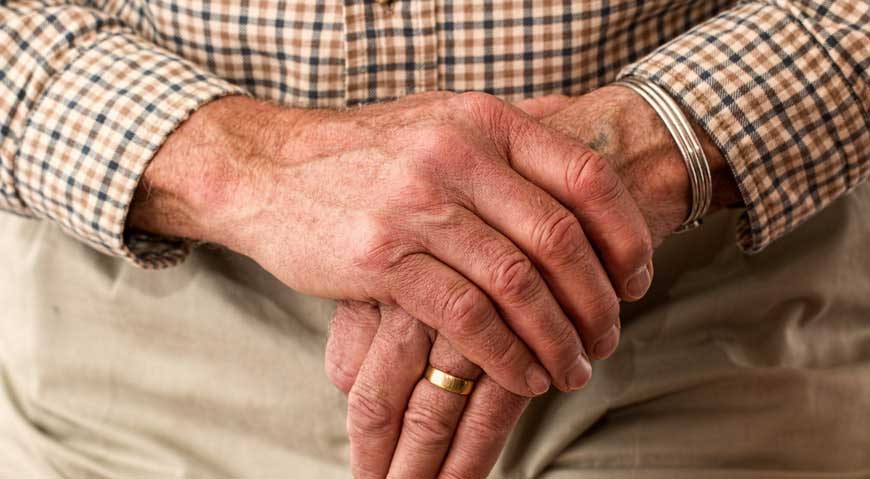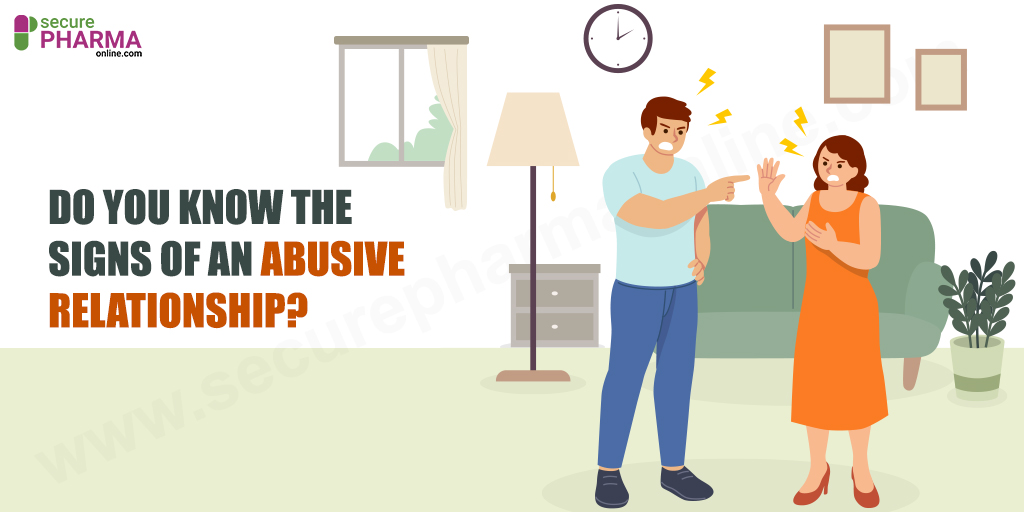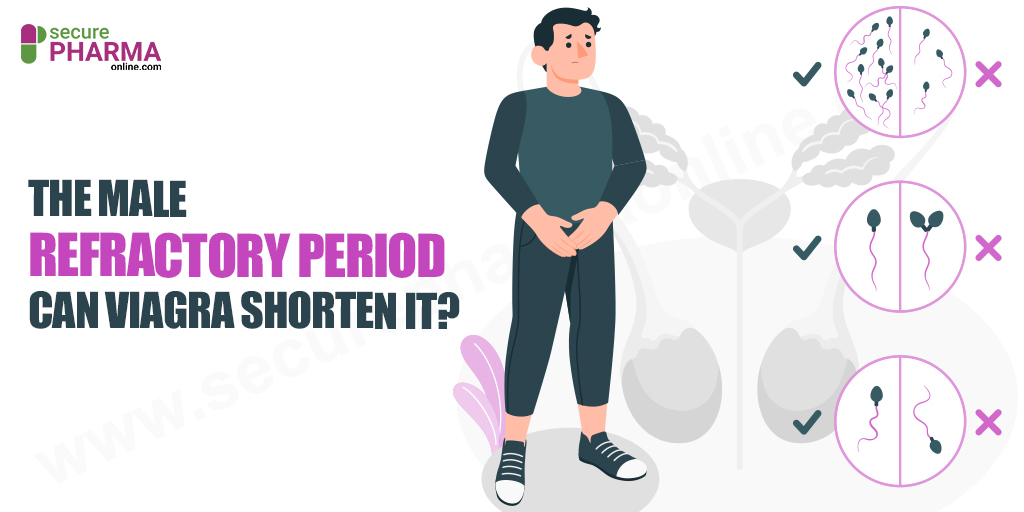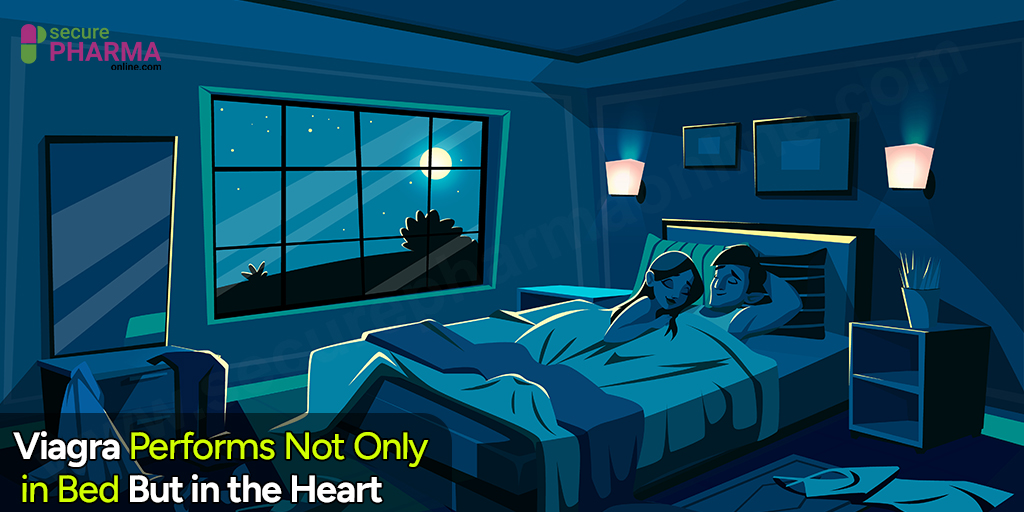Osteoporosis: Risk Factors, Symptoms, And Treatment Options

In this article, we’ll discuss the symptoms of osteoporosis along with some risk factors, and some treatment options.
Overview
Osteoporosis translates to ‘porous bone’. A common health condition, osteoporosis causes reduced bone density in patients. Bone tissue is constantly absorbed and replaced by the body. However, when you have osteoporosis, the production of new bone tissue in the body is not able to match the rate of removal of old bone tissue.
Osteoporosis makes the bones brittle to such an extent that even a minor fall can cause a fracture. Not only that, but even a cough or a sneeze is also enough to fracture osteoporotic bones. It generally affects the back, hips, and wrists. The leading cause of osteoporosis is the lack of calcium. Calcium is an important nutrient when it comes to bone health. A prolonged calcium deficiency can weaken the bones, leading to osteoporosis.
Risk Factors For Osteoporosis
Osteoporosis can affect anyone, although certain risk factors increase the chances of this illness. Here are some of them:
- Old Age: If you are above the age of 50, consider taking a bone density test as people above the age of 50 are at an increased risk of osteoporosis.
- Women: A woman’s bone density starts reducing once she crosses the age of 30. As a result, women are at an increased risk of osteoporosis.
- Smoking: People who smoke are at an increased risk of osteoporosis. Smoking is known to harm the production of new bone tissue which could lead to osteoporosis in the long run.
- Family History: People with a family history of osteoporosis are at an increased risk of the disease. Your risk of osteoporosis also increases if you have immediate relative suffering from the illness.
- Race: Osteoporosis affects people of all races. However, people of Asian and Caucasian descent are at a much higher risk of the disease.
Symptoms Of Osteoporosis
Osteoporosis is a disease that does not exhibit any specific symptoms. In many cases, there are no symptoms until the patient suffers a bone fracture. Due to this, osteoporosis is also called a ‘silent disease’. When the bones have weakened to some extent, symptoms like back pain may surface. Here are some of the symptoms that are generally observed among osteoporosis patients.
1. Fractures
Pound per pound, the human bone is roughly five times stronger than steel! And, anybody who has suffered a fracture might know that it takes some sort of serious trauma to break a bone. Events like road accidents, serious sports injuries, or falling from a considerable height usually result in fractures. But, if low impact traumas result in fractures for you, there’s a high chance that you may have osteoporosis.
2. Backache
It is a relatively common condition that affects nearly all of us. However, constant and recurring back pain, especially in the lower back should not be ignored. Osteoporosis majorly affects the spine and erosion of the lower sections could cause such sharp and recurring pain.
Vertebral fractures are very common in osteoporotic people. Consequently, they lead to a ‘band-like’ back pain. This pain could even morph into something more strenuous and painful like chronic lower back pain. Therefore, if you have constant backache, you should go visit an orthopedic doctor.
3. Stooped Posture
Vertebral fractures caused due to osteoporosis result in the collapse of discs in the vertebrae. This could lead to back pain and consequently worsening of the posture. Over time, the posture worsens and it results in a hunched back. This hunch is also known as a ‘dowager hump’ in common parlance, as it is more prevalent in elderly women.
4. Delayed Healing Of Fractures
Due to the slower regeneration of bones, osteoporotic patients require additional care when they suffer fractures. Osteoporosis delays the healing of bones, resulting in a prolonged and painful recovery. This condition of delayed healing is usually experienced in fractures of the hip bone. Therefore, if you have suffered a fracture that took a lot of time to heal, you might want to consider going for a bone density test. There’s a high chance that you may have osteoporosis.
5. Loss Of Height
As mentioned earlier, the spine is particularly vulnerable to osteoporosis. Compression fractures in the vertebrae can cause considerable loss of height. When affected with osteoporosis, the bones in the spinal column could crumple, which causes loss of height. If you notice significant changes in your height you may want to consult your doctor for osteoporosis.
6. Shortness Of Breath
This may come as a surprise to you, but the shortness of breath could be a sign of osteoporosis. Compressed discs in the vertebral column due to osteoporosis affect lung capacity. This reduced lung capacity is an outcome of loss of height due to osteoporosis. This condition is known as Chronic Obstructive Pulmonary Disease (COPD). Hence, if you experience reduced breathing capacities without any possible explanation, see your doctor.
Treatments Options For Osteoporosis
Osteoporosis cannot be cured. However, your doctor would prescribe certain changes in your diet and even some drugs. These factors will strengthen your bones and prevent further bone loss. Some of the treatments of osteoporosis are mentioned below:
- Bisphosphonates: Prescribed to both men and women, these drugs reduce the risk of fractures in patients. Common types of bisphosphonates are Alendronate (Binosto), Risedronate (Actonel), and Zoledronic Acid (Reclast).
- Denosumab: Denosumab (Xgeva) or Monoclonal Antibody Medications are similar to bisphosphonates, the only difference being that these are administered in the form of injections. A denosumab shot is given to the patient every six months.
- Bone-Building Drugs: Drugs like Teriparatide, Abaloparatide, and Romosozumab are chemically similar to the hormones that induce bone growth. Patients who cannot tolerate the common osteoporosis treatments have prescribed these drugs. These medications are also given to patients for whom common treatments do not prove effective. Bone building medications are administered in the form of injections. However, it must be noted that bone-building drugs are prescribed only for a limited period.
Also Read: Natural Remedies For Gout
Wrapping Up
Osteoporosis is a common disease, but it has a lot of consequences especially for the old and senescent. It does not exhibit any noticeable symptoms until later in life. This makes the disease deadlier. There isn’t a cure for osteoporosis, although effective treatments are available. These treatments significantly improve the weakening of bones. Along with them, bone health supplements and a diet rich in calcium and other minerals also help. Since osteoporosis is generally caused by a lack of calcium, make sure that your diet supplies you with sufficient amounts of it.
June 26, 2020 Sam Bell











Comments